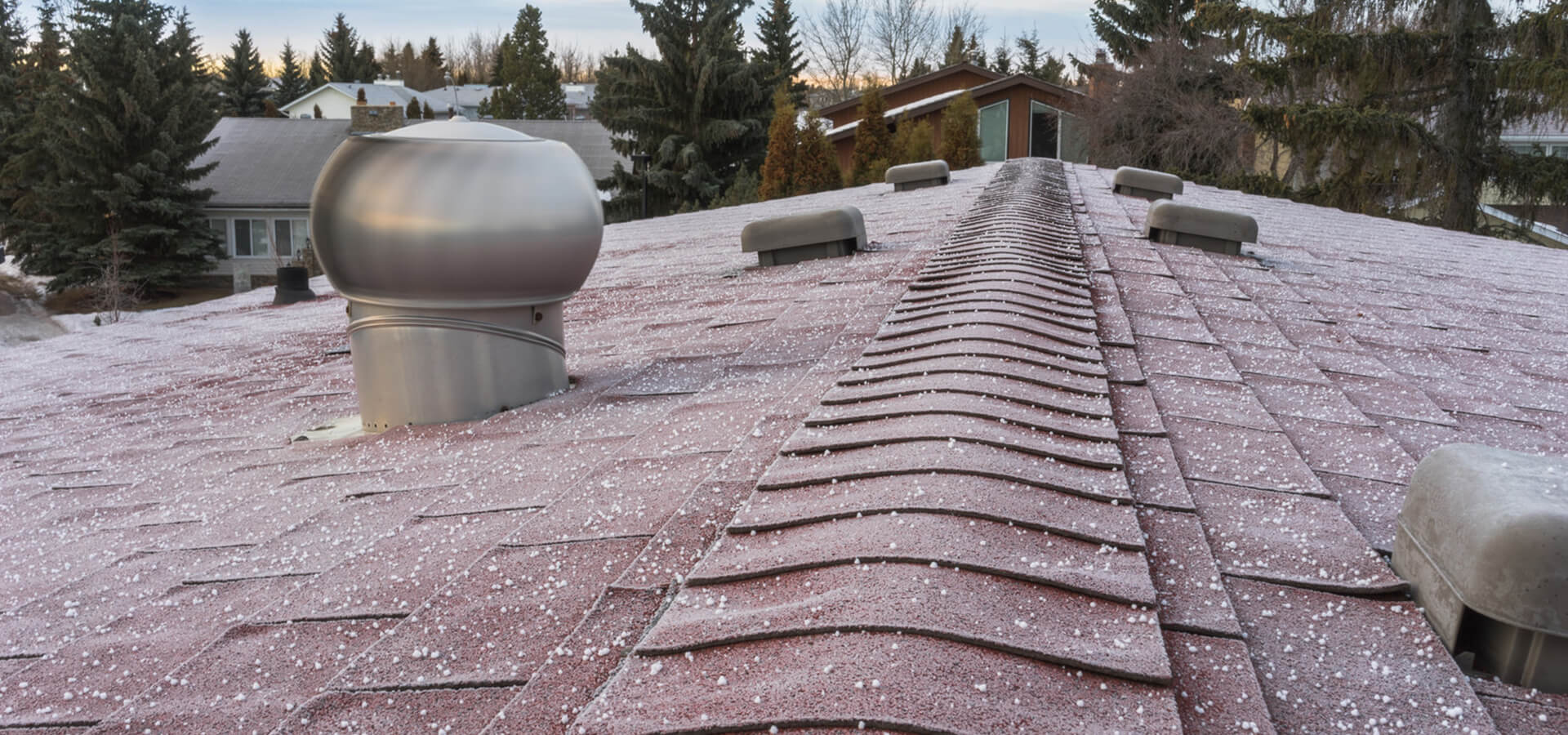It’s extremely important, no, critical that your attic is properly vented. Excess moisture and heat can build up, potentially causing mold and mildew to grow. Did you know that an average family of four can produce two to four gallons of moisture per day just by showering, cooking, and even breathing? In the winter, this moisture can condense in your attic and with heat, drip into the insulation forming the perfect environment to foster mold, mildew, and wood rot.
On a hot day in the summer, an attic that is not properly vented can reach temperatures of 130 degrees or more. This makes it much more difficult to cool your living spaces. Adequate ventilation can reduce the attic temperature by up to 40 degrees, reducing you cooling bills and extending the life of your air conditioner by not making it work so hard.
Something you may not have thought about is the life of your roof, especially wood and asphalt shingles. High heat in the attic will make your shingles increasingly brittle, reducing the life of your roof. Additionally, many roofing manufacturers will void your warranty if you don’t have adequate attic ventilation.
Lastly, heat from an inadequately vented attic will melt the snow on the roof. As the water reaches the gutters it refreezes causing icicles and ice dams that can damage your roof and gutters.
So, make sure your attic is properly vented with intake at the lowest part, usually the soffit, and exhaust at the peak, usually the ridge. This will ensure reduced moisture in the attic that will avoid water damage and mold, lower energy bills in the summer, a longer roof life, reduced ice issues, and compliance with your roofing manufacturer’s warranty.

